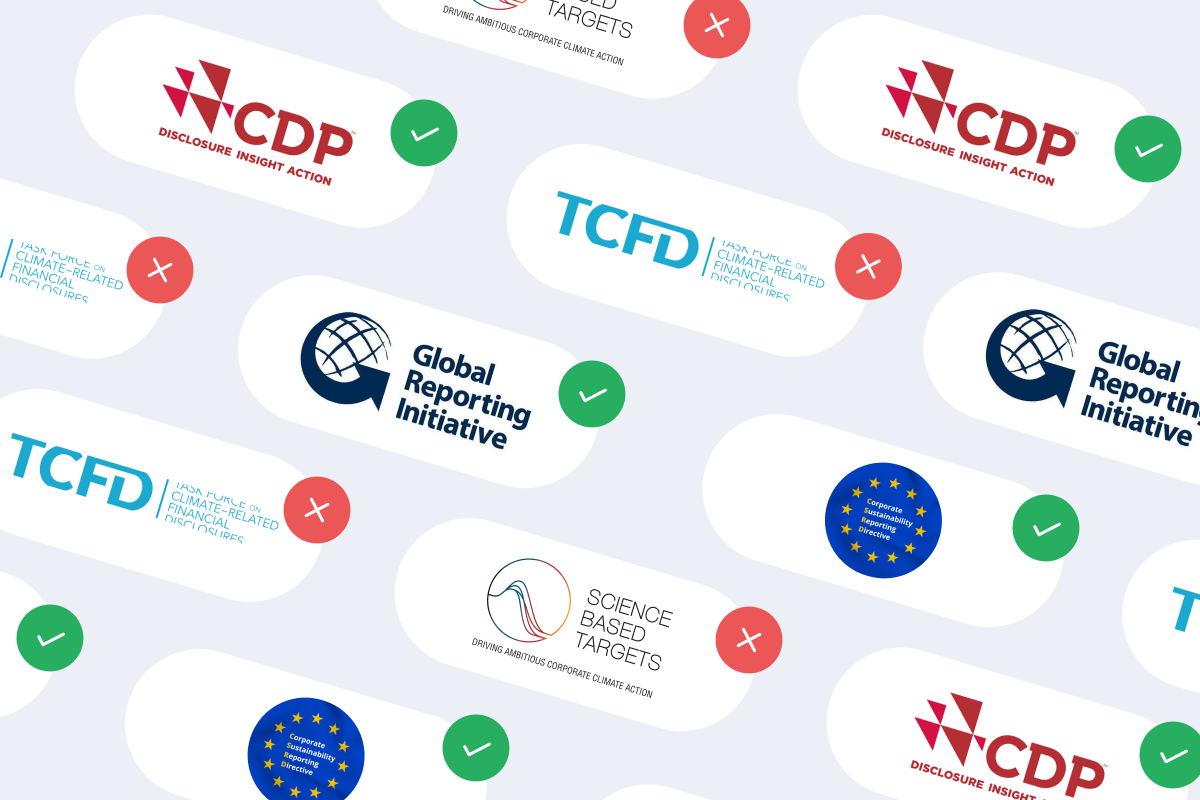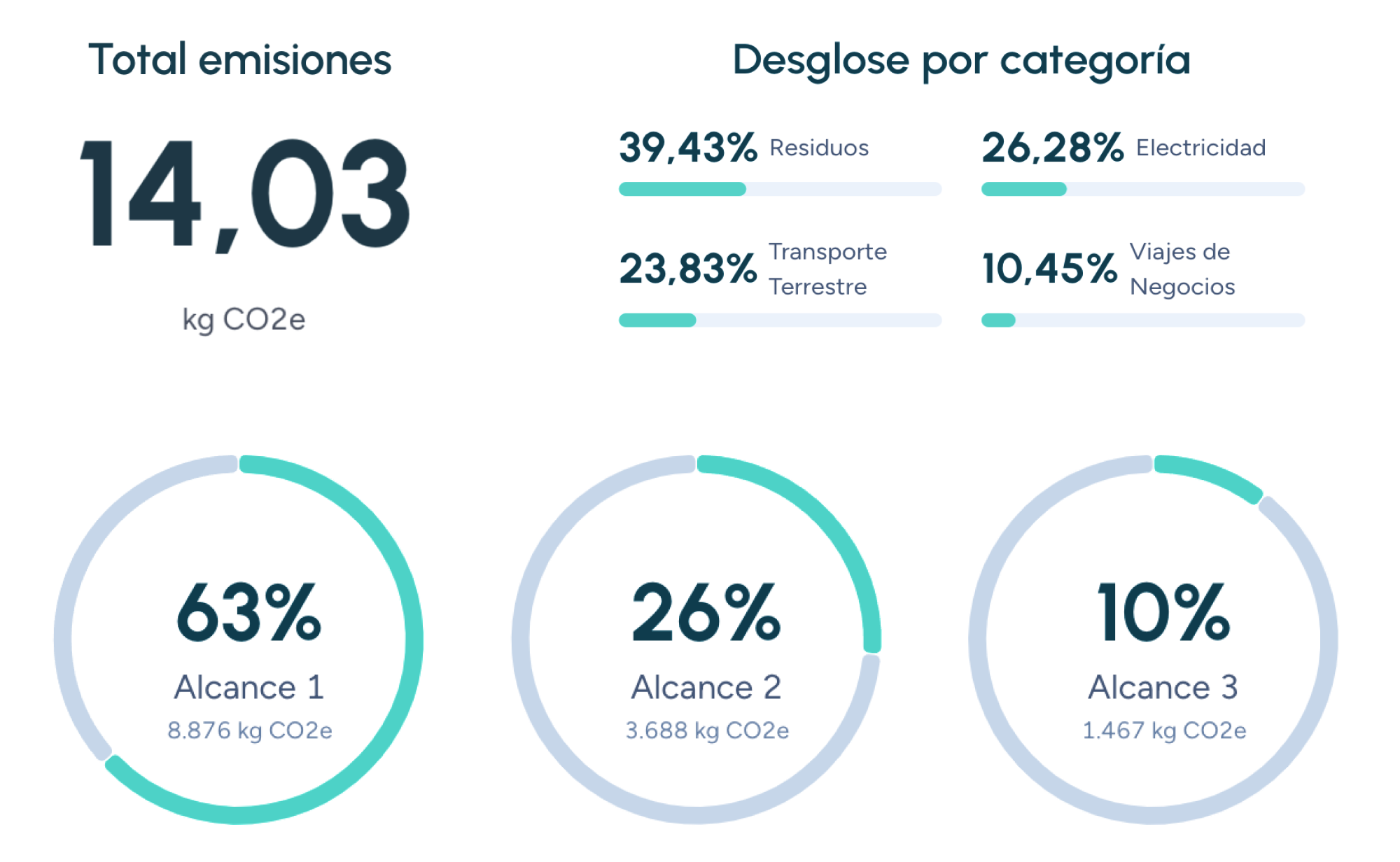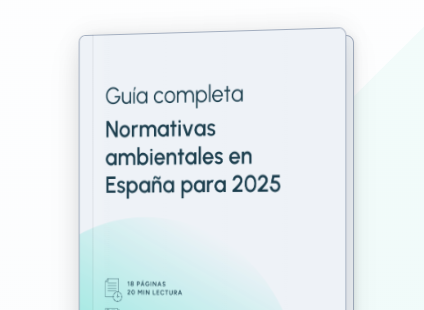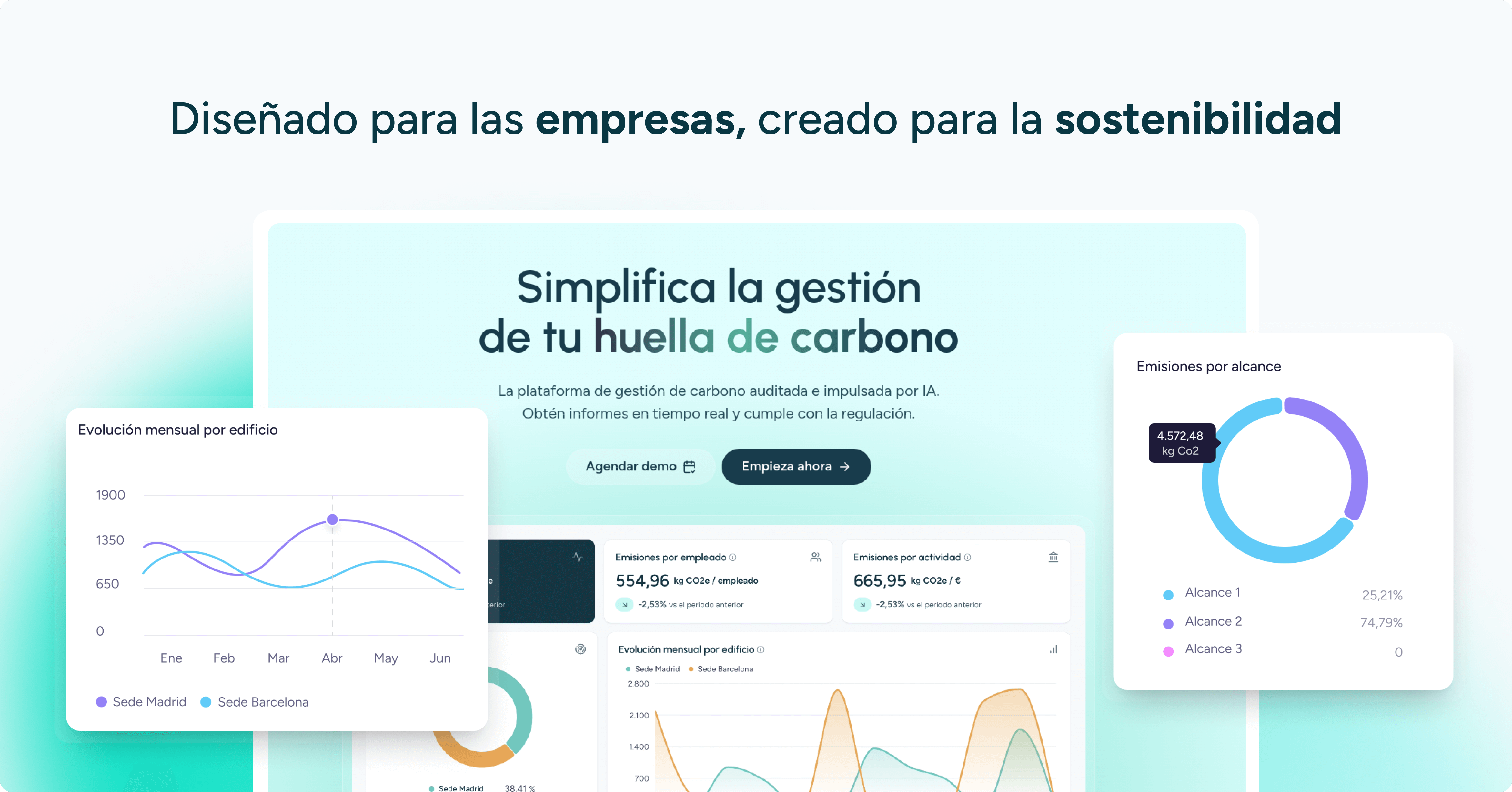Emissions Inventory
An emissions inventory is a systematic and quantified record of all greenhouse gas (GHG) emissions generated by an organisation, territory, project or product over a defined period of time. It forms the foundation for climate accounting, target setting and sustainability reporting.
Objectives
- Transparency and accountability.
- Identification of hotspots for mitigation actions.
- Regulatory compliance and participation in carbon markets.
Regulatory and Methodological Frameworks
- GHG Protocol – Corporate Standard (Scopes 1, 2 and 3).
- ISO 14064-1: specifications for quantification and reporting.
- IPCC Guidelines for national inventories.
Development Process
- Definition of organisational boundaries (equity share, control, operational approach).
- Collection of activity data: fuels, kWh, kilometres, tonnes.
- Application of emission factors: Defra, EPA, IPCC, IEA.
- Calculation and consolidation (CO₂e).
- Internal or external verification (ISAE 3410).
- Reporting in CDP, TCFD or ESG disclosures.
Key Indicators
- Carbon intensity: t CO₂e/revenue, t CO₂e/unit.
- Percentage of primary data coverage.
- Emissions projections (Business as Usual vs. reduction scenario).
Benefits
- Risk management: anticipating carbon costs and supply-chain disruptions.
- Reduction strategy: SBTi targets, product and operational decarbonisation.
- Investor transparency: improved MSCI and Sustainalytics scores.
Challenges
- Data quality for Scope 3.
- Internal resources required to collect and manage information.
- Methodological changes requiring historical dataset revisions.
Digitalisation and the Future
- IoT and ERP platforms for real-time data.
- Blockchain for traceability in low-carbon supply chains.
- Automated emission factors via public APIs.
A precise emissions inventory is the starting point for corporate climate management, net-zero target setting and credible communication with stakeholders.
Companies that already trust manglai





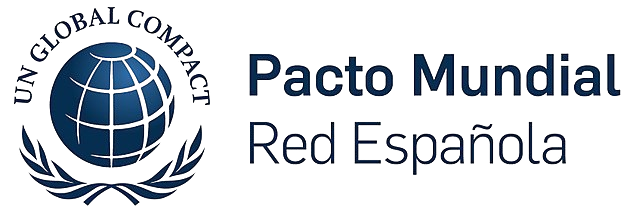








2030 Agenda
The 2030 Agenda is the action plan adopted by all 193 Member States of the United Nations in September 2015.
Blue economy
The blue economy promotes the sustainable use of marine resources to drive economic development, protect the environment, and foster social well-being, addressing challenges such as climate change and marine pollution.
COP (Conference of the Parties)
The COP (Conference of the Parties) is the supreme decision-making body established under the United Nations Framework Convention on Climate Change (UNFCCC).
Guiding businesses towards net-zero emissions through AI-driven solutions.
© 2025 Manglai. All rights reserved
Política de Privacidad